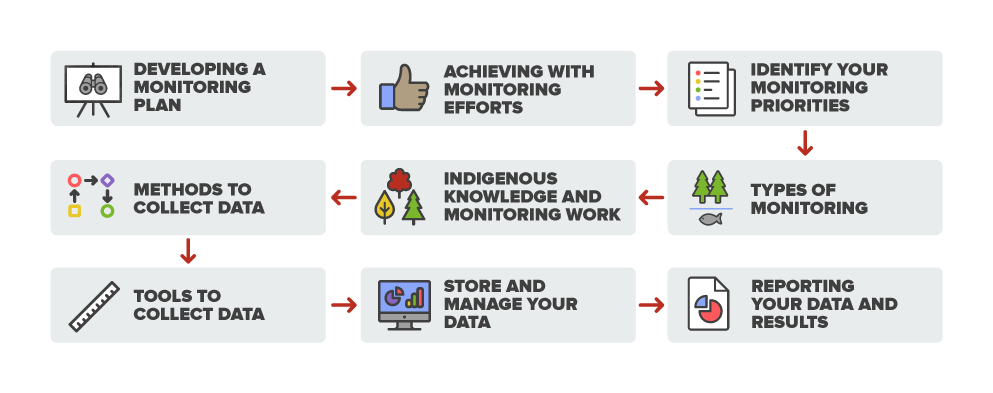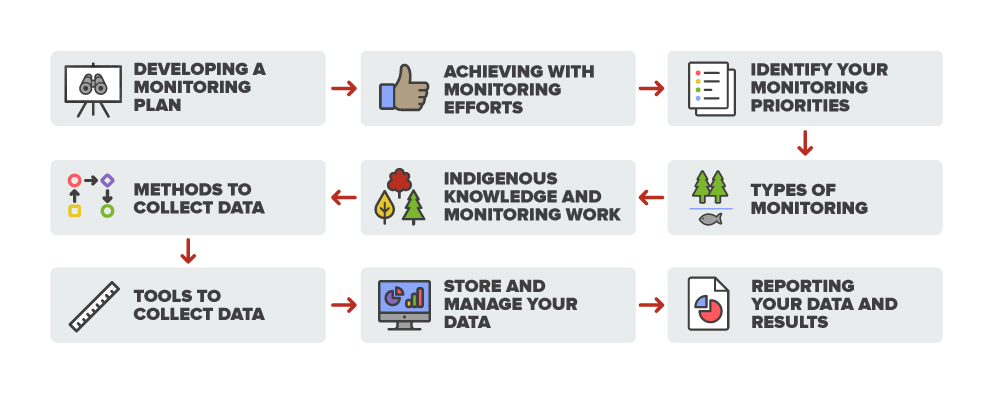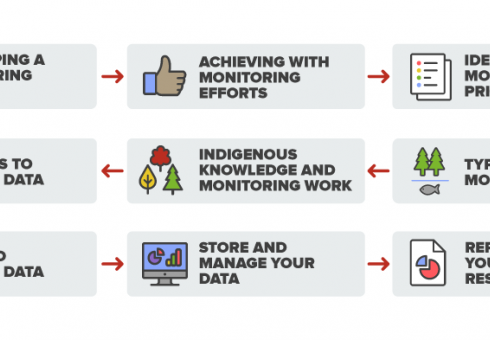Why develop a monitoring plan?

A monitoring plan is one way of formalizing and giving scientific weight to guardians’ field observations and the knowledge and observations of community members and elders. It allows you to shift from relying on anecdotal information and what people know to be true, to having hard or quantifiable data.
Monitoring can generate new and evidence-based information the community can trust. It allows you to present Indigenous knowledge in a structured way that speaks more directly to the information and monitoring methods used by government or industry. The process of systematically collecting monitoring data also helps to build the technical capacity of your guardian team, increasing the effectiveness and credibility of your guardian program with the community, external agencies and other stakeholders.
Indigenous monitoring plans often generate new information where no other credible data exists. This is especially true when the monitoring work has been initiated in response to community values and concerns as this may not be the driver behind other monitoring efforts.
Data can be used to challenge prevailing understandings and outdated research and findings. It can challenge the status quo, prove that observed changes or impacts are happening, and back up demands for action. It can be used to inform management decisions, influence negotiations with government and industry, and support legal processes.
Developing a monitoring plan may lead you to develop working relationships with neighbouring communities or organizations on issues of common or regional concern (i.e. to monitor watershed level concerns or wildlife migration). Such partnerships can leverage the power of your data and monitoring efforts and provide a regional scale understanding of impacts or trends. Efficiencies can be gained by working together to develop shared monitoring methods, data protocols, data management systems, reports, and technical support and training. See the chapter 'Create a Network or Alliance' for more benefits to working with other communities.

